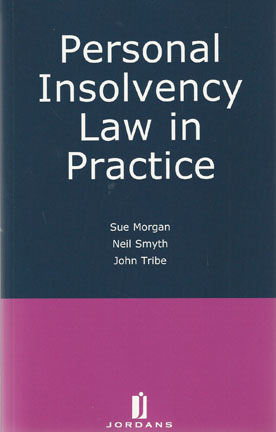Personal Insolvency Law in Practice
ISBN13: 9781846611353
Published: March 2013
Publisher: LexisNexis Butterworths
Country of Publication: UK
Format: Paperback
Despatched in 3 to 5 days.
With the entire canon of the Insolvency Rules 1986 being completely revised in October 2008, Personal Insolvency Law in Practice is a highly authoritative and practically relevant text approaching the subject from the point of view of the over-indebted individual.
The text adopts a highly structured approach to each of the main remedies for insolvent individuals, explaining:-
- Who are the main actors?
- What is the remedy?
- When should the remedy be used?
- Where is the appropriate forum?
- Why is the remedy appropriate?
- How does the remedy work?
The book provides definitive black letter law, but with an emphasis on providing practical advice. It also makes use of all Dear IP and SIP materials, providing everything required by accountants.
The leading author team, drawn from accountancy, the legal profession and academia ensures that the text encompasses all possible approaches to the subject.
